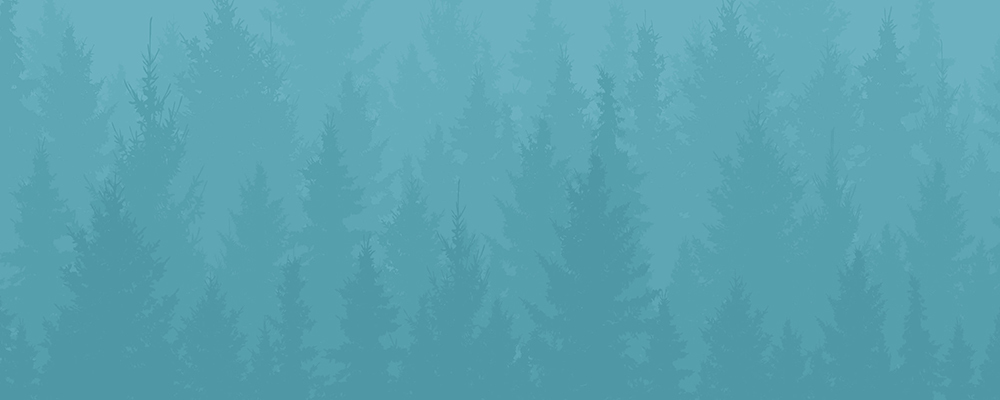So, you’ve mastered classic cross-country skiing. Up for a new challenge? Make this the winter that you try skate skiing. “Classic skiing is easier to learn,” admits Steven Paul, the ski merchant at MEC. “Skate skiing generally takes more effort. But it will allow you to move faster and more efficiently once you master it.” Faster? More efficient? Nothing wrong with that! Ideally, you’re best to take some lessons before you invest in any equipment (you want to make sure skate technique will still be your jam). But, if you plan to pursue the sport, here are Paul’s tips on what you’ll need to buy, how to choose—and how to avoid breaking the bank on gear that you don’t actually need.
CL: First of all, how do skate skis differ from regular/classic skis?
SP: Regular cross-country skis have a portion of the ski underneath the foot that grips the snow when you push down but comes off the snow when you remove some weight. This is what allows you to glide on the tip and tail of the ski and allows for the walking-like motion of classic skiing. Skate skis only have a gliding surface and no grip. This means to move yourself forward, you need a motion more like ice skating.
7 spectacular ice skating rinks in Canada
CL: Aside from skis, what are the other differences, equipment-wise, between classic skiing and skate skiing?
SP: There are differences between boots, bindings, and poles, with the boots being the biggest difference. Boots for skate skiing usually have much stiffer soles, and much more ankle support; classic boots are usually lower cut on the ankle and have a more flexible sole. Bindings will look almost identical, but skate bindings will usually provide more resistance at the toe, making the ski return to your foot quicker. Classic bindings will have less resistance, keeping the back of your foot close to the ski (and allowing for an easier “walking” motion). Poles can be quite similar except for the length—a skate pole will typically be a bit longer for the same height person. The pole you choose should be more dependent on the level of skiing you want to participate at as opposed to the style of skiing you choose.
CL: What’s your best tip for a first-time skate skier, in terms of keeping costs under control?
SP: Get your skis sized appropriately for your weight. (You can find recommended sizes for different weight ranges by searching online.) Getting the right ski for your weight will let you get the most out of that ski. Err on the short side, rather than long. And don’t buy the most expensive pair you can. High-end race skis will be more difficult to learn on. Also, the highest end boots can still be less warm than a good middle tier product. If you want to spend more money, spend it on the poles. A lighter pole will feel great no matter what level you’re at.
How to get perfectly waxed skis
CL: What else should a person know before getting started with skate skiing?
SP: You’ll likely be working harder and keeping warm by the effort you are putting out. So, if you don’t have any, invest in some good breathable clothing, or look to your winter running clothing rather than your downhill ski outfit. And don’t buy your boots oversized to fit three pairs of socks. If you dress too warm you’ll sweat and then get cold. Skate skiing is like going for a jog. So, dress for a winter jog.
8 tips for easier winter running

A voice from the wilderness
Get The Great Outdoors, our monthly brief on all things nature
Sign up hereRelated Story Take your pooch for a spin on skis! Say hello to skijoring
Related Story Learning to embrace the deep, bitter cold—and enjoy it
Related Story This Ontario town turns its main street into a massive tubing hill for an epic winter festival